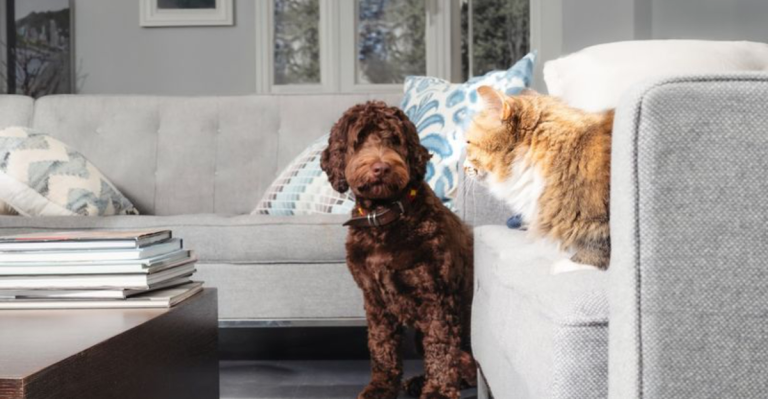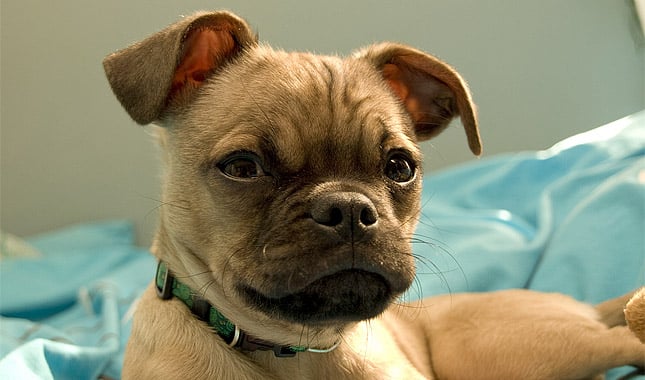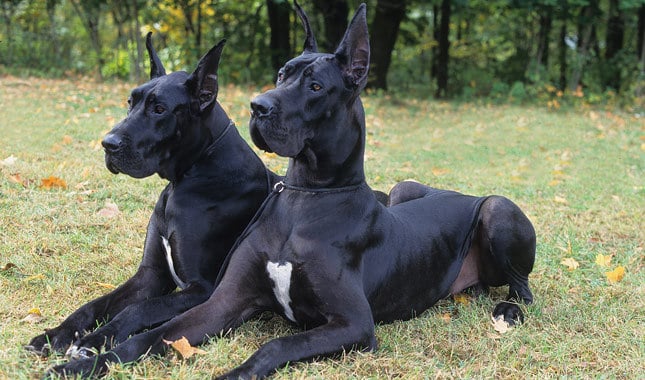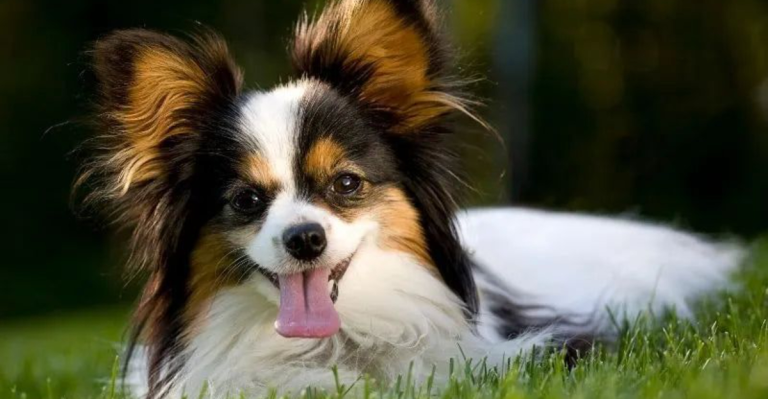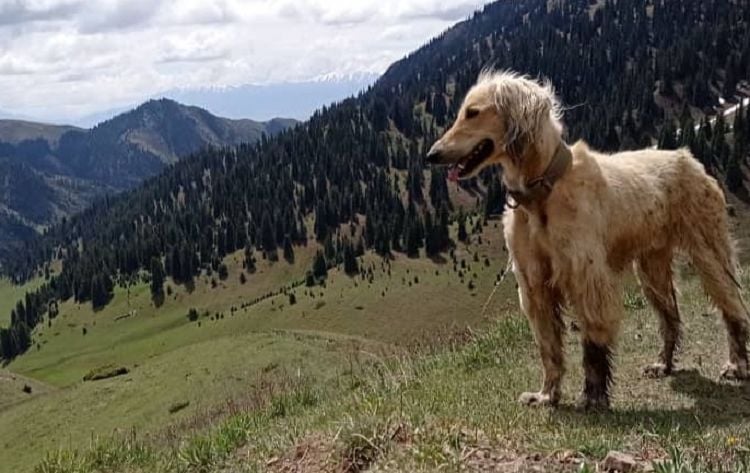Cold Weather Can Be Dangerous For These 15 Dogs
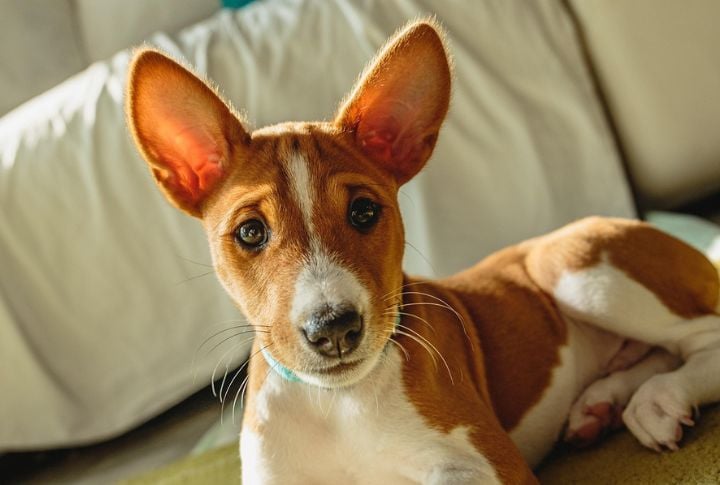
Snowflakes might look magical, but some pups see them as trouble. When fur is too thin or body fat is too low, survival instincts don’t cut it. These ten breeds feel the chill hard. If your dog shivers after two steps outside, it probably made this list.
Chinese Crested

This breed lacks a full fur coat and experiences rapid heat loss in low temperatures. Thermoregulation becomes inefficient without adequate insulation. Vets recommend limiting exposure to the elements, using protective layers, and using temperature-controlled environments to avoid hypothermia or skin issues during winter.
Yorkshire Terrier

Despite their long hair, Yorkies have no undercoat and minimal body fat. That means cold air reaches their skin quickly. The breed is noted to be at risk of hypothermia during long outdoor exposure. Therefore, warm outerwear and limited time in snow or rain are recommended.
Greyhound
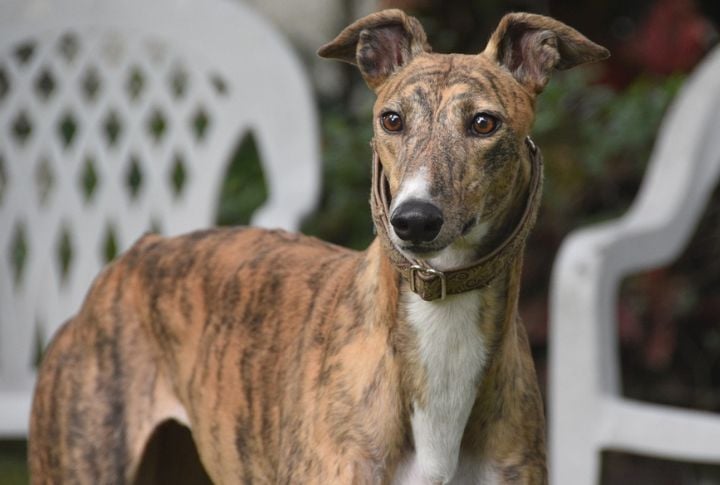
Greyhounds might win at racetracks, but they lose fast to the winter cold. One snowflake lands, and they may freeze mid-step like someone pulled their battery. What is the moral of the story? They are great runners but terrible at handling weather when the temperature drops.
Chihuahua

You’d think that sassy attitude could fight off frostbite. Not so much. Our tiny charmers shiver before the wind even hits. With barely a layer of fat in that delicate frame of theirs, they need sweaters and much shorter walks during the months of winter. Their fashion is actually functional when a Chihuahua faces the cold.
French Bulldog

They huff and puff, but they don’t hold up in the cold. With a compact frame and barely there coat, French Bulldogs struggle to regulate temperature. Short walks get them shivery. Some ways to overcome this struggle are to bundle them up to keep them warm and limit outdoor time.
Doberman Pinscher

A Doberman can stand proud with muscles taut as the protector it is supposed to be. Yet, winter may make a softie out of them. Those short, glossy hairs are no match for bitter winds. You will remember them bounding through leaves, not snow. For now, the Doberman stays by the fire. Still fierce, just smarter.
Boston Terrier
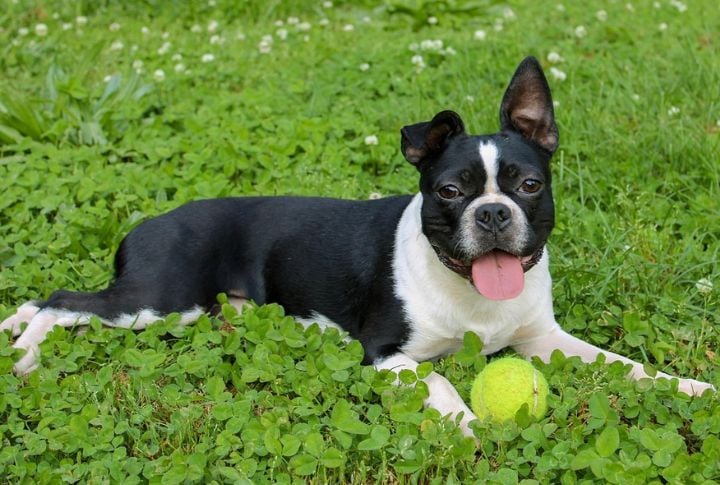
Boston Terriers are susceptible to cold temperatures due to their short coat and compact size. Even mild wind can trigger their shivering, which is a genuine response, not an exaggeration. Despite a willingness to walk, Terriers require extra warmth in chilly conditions. So, proper clothing is essential.
Basenji

This is where Africa’s barkless wonder meets snow and says, “Nope.” Basenjis have sleek coats and lean bodies, which make them prone to cold intolerance. In winter, they need warm clothes and shouldn’t stay outside for long. They do much better in sunny weather than in the cold.
American Hairless Terrier

Zero coat means zero insulation. The American Hairless Terrier feels the cold instantly. Without fur, their skin is exposed to wind and icy surfaces. Even indoors, drafts are uncomfortable. In cold climates, they rely on things like sweaters and heated beds to stay warm.
Whippet

A Whippet can race the wind in the fall. Then winter arrives. Suddenly, you will find it hesitating at the door. Their coat is no shield for lower temperatures. The body, all speed and grace, trembles at the cold. So you wrap a Whippet in fleece because even racehorses need stables.
Italian Greyhound

This sleek sprinter hates the cold like matchsticks. Its body is built for grace, not winter. Step outside in December, and they shoot you a glare of betrayal. Blankets and boots could help them be comfortable, but they love cuddles on the couch, not wind gusts up their sweater.
Japanese Chin
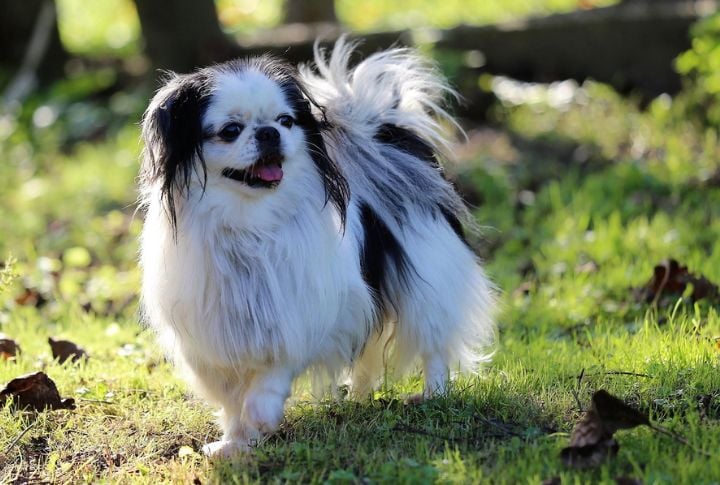
It’s like sending someone in a tux to a snowball fight. The Japanese Chin, with its elegant, silky coat, struggles in cold weather due to minimal insulation. Weighing 7-11 pounds, they lack the undercoat needed for warmth. In winter, the breed requires protective outerwear, like sweaters, to stay comfortable.
Xoloitzcuintli

Xoloitzcuintli lacks a fur coat and relies instead on thermoregulation and human assistance. Once revered in ancient Mesoamerican societies, this hairless breed absorbs solar warmth like a living solar panel. In modern climates, jackets and heated beds become vital for comfort.
Miniature Pinscher

This fearless little shadow doesn’t flinch much except for the cold. Miniature Pinschers have sleek, glossy coats that offer almost no warmth. Winter walks require fleece armor, not just courage. To manage this cold, they keep their tiny bodies wrapped and their time outside short when temperatures plummet.
Rat Terrier

Rat Terriers possess minimal subcutaneous fat and a short single-layer coat, both of which contribute to rapid heat loss. This makes them vulnerable in cold climates. To prevent hypothermia or discomfort, use thermal wear and reduce outdoor exposure while ensuring that they have warm resting areas indoors.

